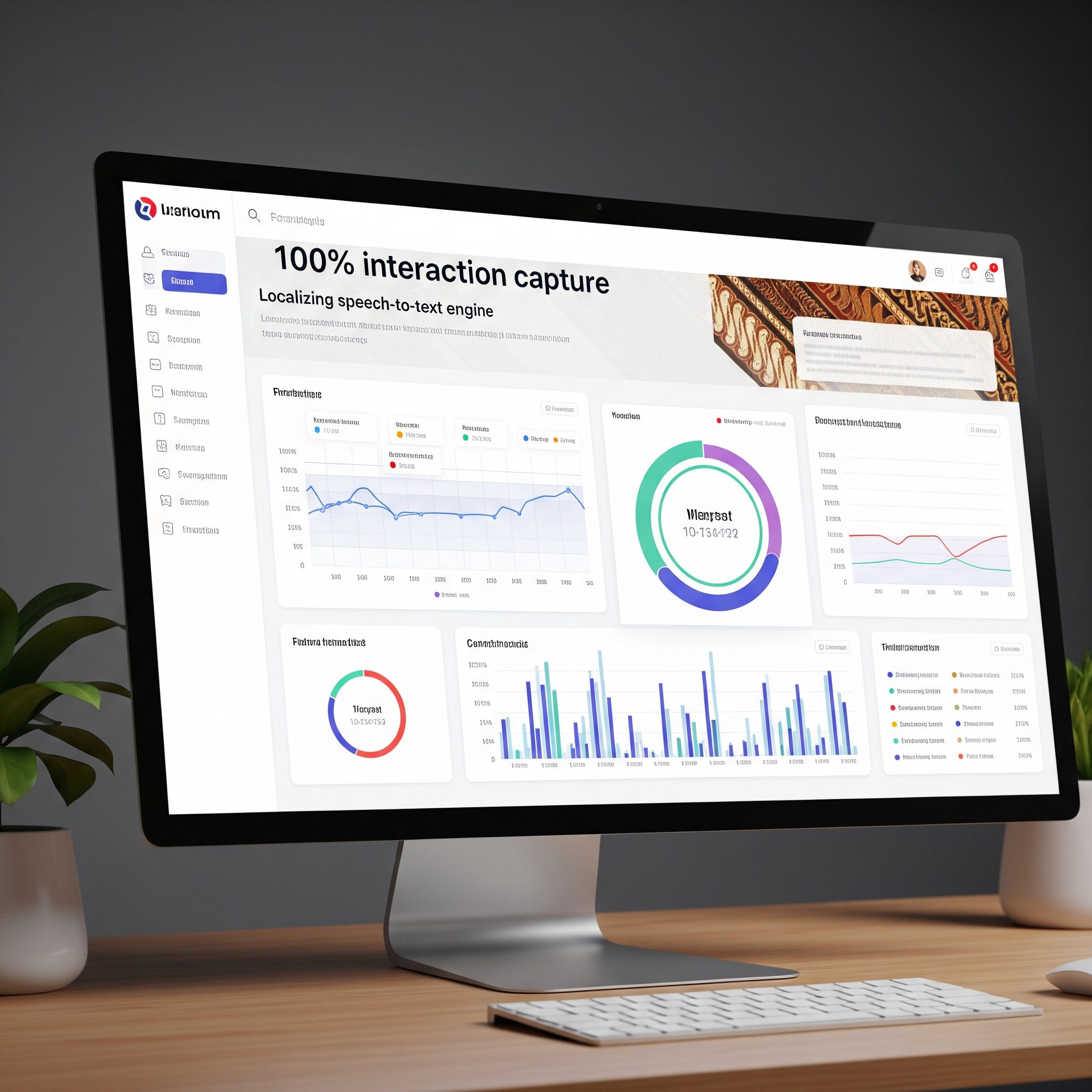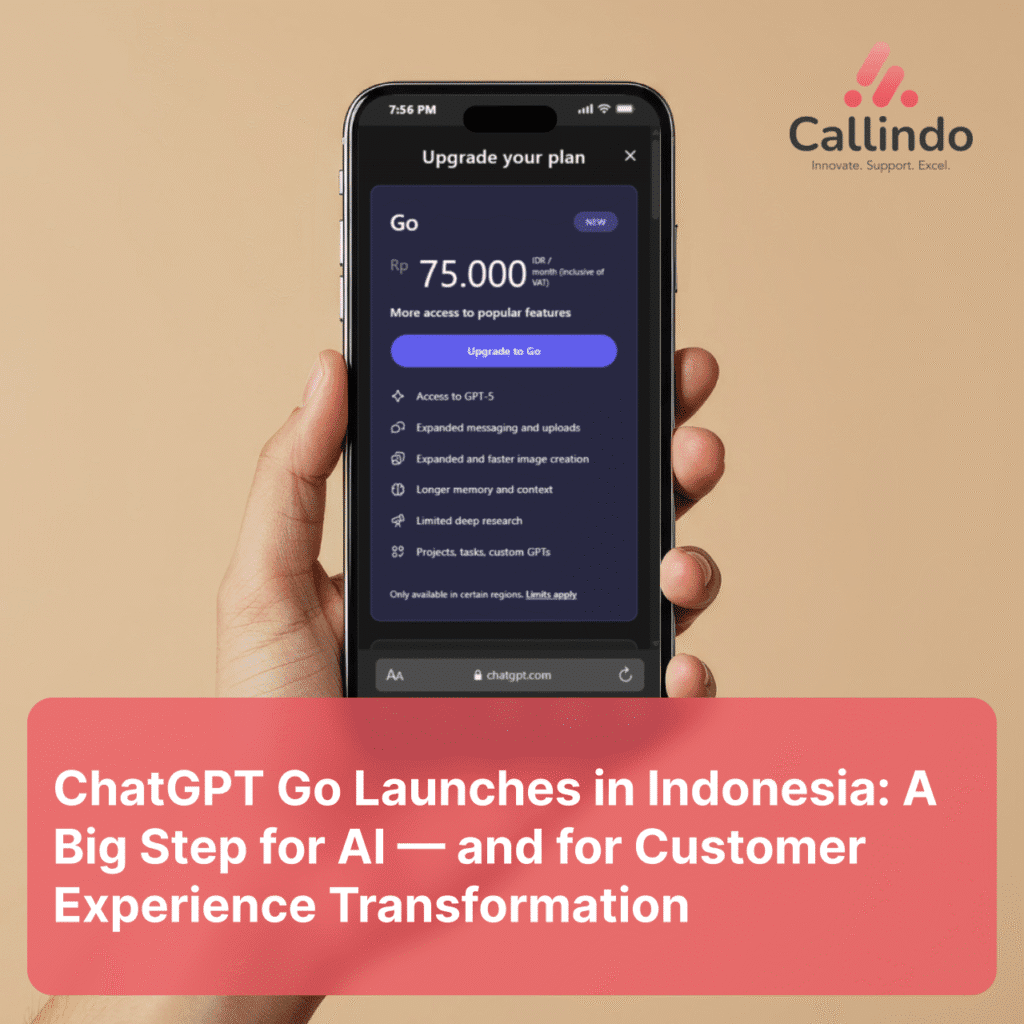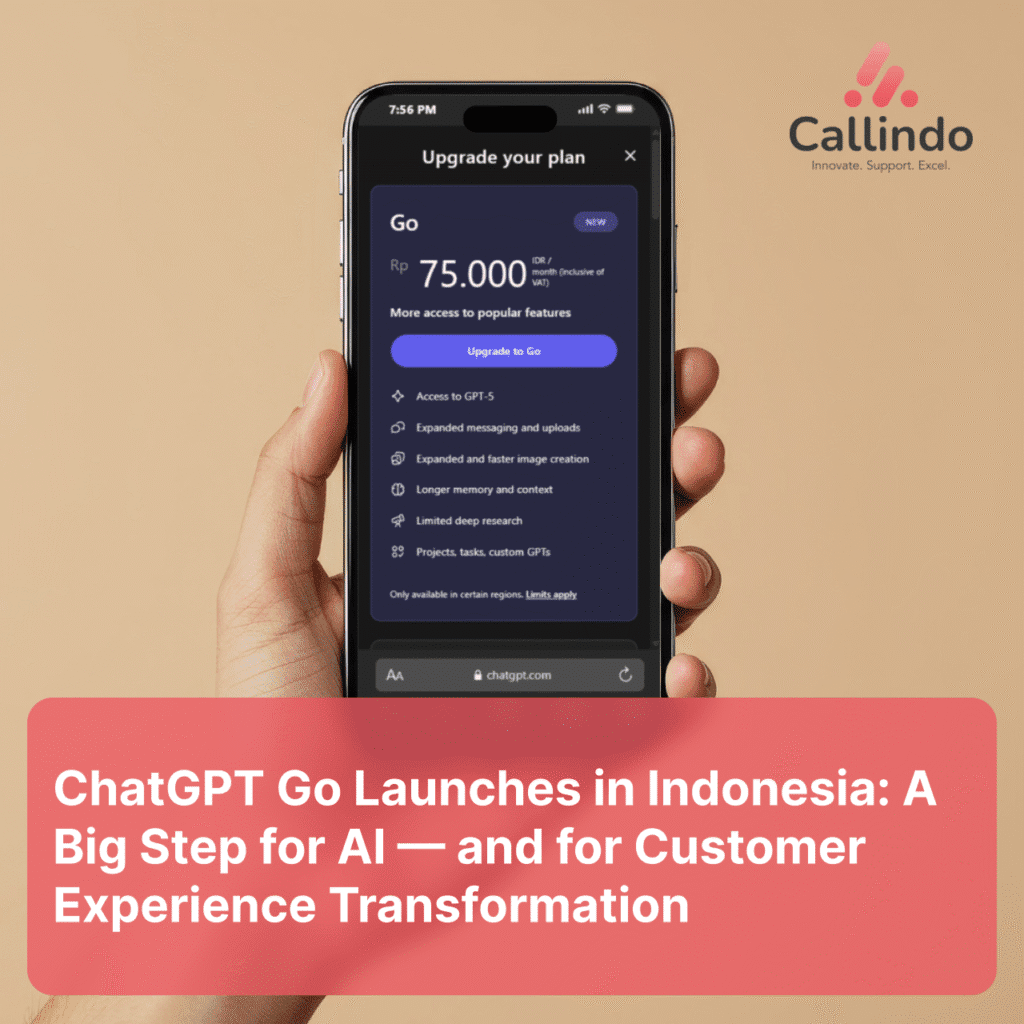The Compliance & Customer Stakes
Customer expectations are rising while regulators—from Bank Indonesia (BI) and the Financial Services Authority (OJK) to the Personal Data Protection Law (UU PDP)—tighten oversight. QA that is both disciplined and empathetic helps you stay compliant, control costs, and build loyalty. Below are proven practices (the Dos) and common pitfalls (the Don’ts) to guide supervisors, analysts, and operations leaders.

The Dos ✔️ — Practices to Embed
# | Do | Why It Works |
|---|---|---|
1 | Capture 100 % of interactions. Record and review every voice, chat, and WhatsApp conversation. | Full coverage helps you detect rare but high-risk violations and gives a complete data set for coaching and trend analysis. |
2 | Map each scorecard item to a rule or regulation. Link KPIs (tone, adherence, disclosure) to specific BI/OJK/PDP clauses. | Agents understand the stakes, and auditors see a clear compliance trail. |
3 | Localise your speech-to-text engine. Fine-tune for Bahasa Indonesia (plus slang, loan-words, and code-switching). | Increases transcript accuracy, which drives better rule detection and fewer false positives. |
4 | Weight soft skills alongside policy. Score empathy, active listening, and courtesy (sopan santun) as heavily as script adherence. | Balances compliance with Indonesian cultural expectations for warmth and respect. |
5 | Provide clip-based micro-coaching within 24 hours. Send annotated call snippets and one actionable tip. | Rapid, bite-size feedback sticks better than quarterly score reviews. |
6 | Correlate QA scores with business outcomes. Track how compliance and soft-skill scores move CSAT, First-Call Resolution, and Average Handle Time. | Proves the ROI of your QA program to finance and senior management. |
7 | Run weekly calibration sessions. Have analysts and supervisors grade the same calls, then compare. | Keeps scoring consistent, surfaces ambiguous criteria, and builds trust in the numbers. |
8 | Automate alerts for critical breaches. Flag unmasked PAN numbers, missing consent, or abusive language in real time. | Lets supervisors intervene before fines, churn, or social-media backlash occur. |
9 | Document every model, rule, and scorecard change. Keep a changelog and version control. | Simplifies audits, speeds root-cause analysis, and guards against “model drift.” |

The Don’ts ✖️ — Pitfalls to Avoid
# | Don’t | Why It Backfires |
|---|---|---|
1 | Don’t rely on 5 % call sampling. | You’ll miss the majority of breaches and bias results toward atypical calls. |
2 | Don’t treat QA as a policing function. | A punitive culture breeds fear, falsified logs, and higher turnover. Frame QA as a coaching partner instead. |
3 | Don’t ignore data-privacy basics. | Storing recordings outside Indonesia or forgetting to mask card data can trigger billion-rupiah fines. |
4 | Don’t use one generic transcription model for all channels. | Phone audio, WhatsApp voice notes, and IVR recordings have different acoustic profiles; accuracy will suffer. |
5 | Don’t overload agents with metrics. | More than 6–8 KPIs at once dilutes focus; agents tune out. Prioritise the few that drive both compliance and customer satisfaction. |
6 | Don’t let rule-sets stagnate. | New products, promotions, or slang can make old keyword lists obsolete, raising false-negative risk. Review rules quarterly—monthly in fast-moving businesses. |
7 | Don’t bury feedback in spreadsheets. | Dense Excel files delay action. Use dashboards with drill-downs and plain-language summaries in Bahasa. |
8 | Don’t coach without context. | Telling an agent “tone = 3/5” without an audio clip or script excerpt leaves them unclear on how to improve. |
9 | Don’t forget cross-channel consistency. | If chat scripts allow a fee disclosure but voice scripts require two disclosures, regulators may still fine you for “misleading communication.” Align messaging across channels. |

Putting It All Together
A modern QA program combines technology (full-coverage speech analytics, bilingual rule-engines) with people-centric processes (rapid coaching, clear scorecards, positive reinforcement). Do the nine things in the first list, avoid the nine in the second, and you’ll not only meet Indonesia’s stricter regulations—you’ll also cultivate agents who deliver empathetic, efficient service that keeps customers coming back.
Try Callindo AIQC, our AI-powered Quality Control platform, for free right now.






